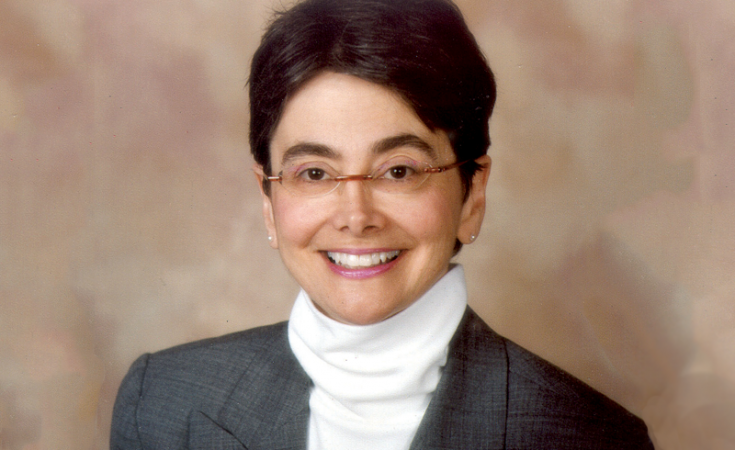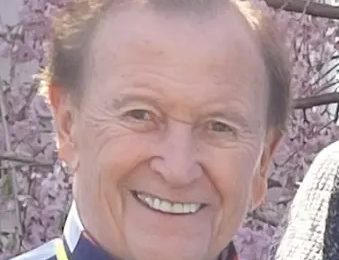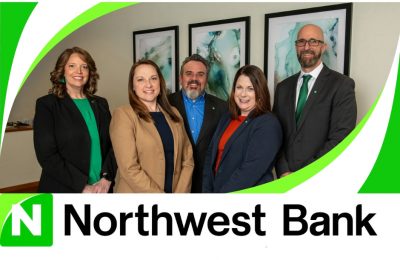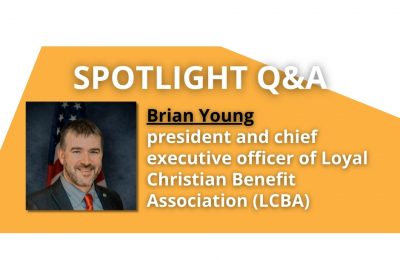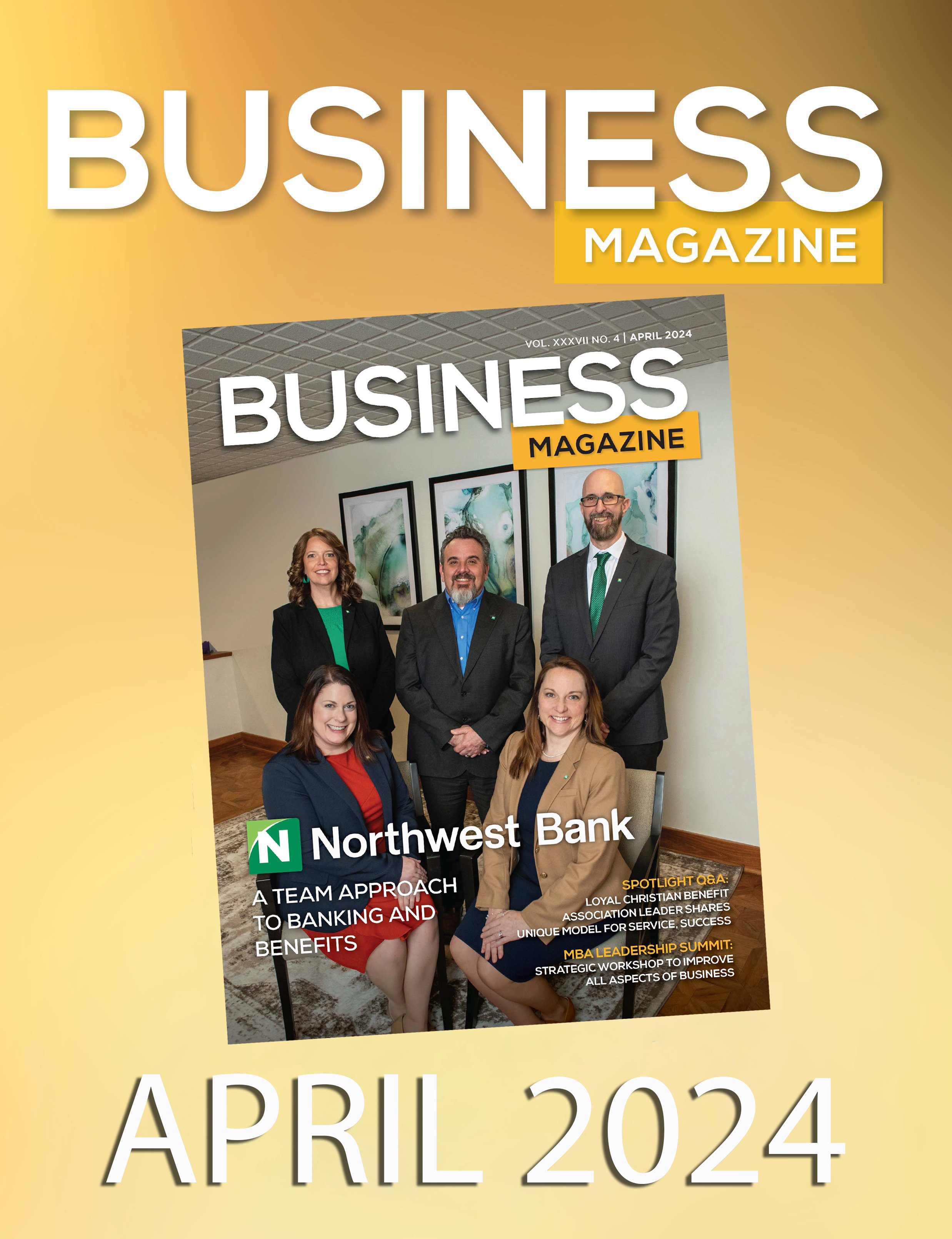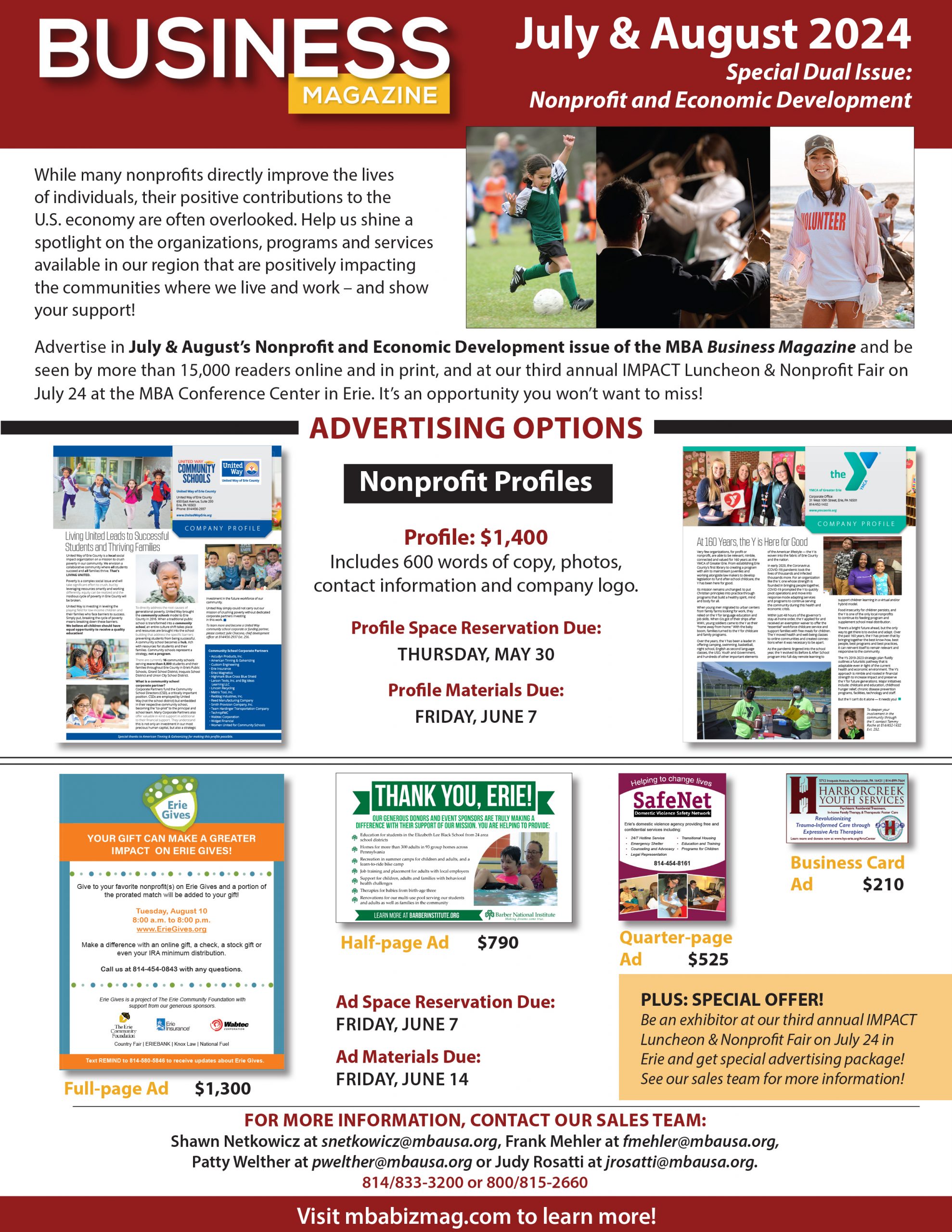In business today, there is, undoubtedly, no other industry more heavily influenced by women than health care. Research shows that nearly a third of all practicing physicians are women, and they account for more than 60 percent of pediatricians and more than 51 percent of obstetricians/gynecologists. Here, Silvia M. Ferretti, D.O., provost, vice president and dean of academic affairs at the Lake Erie College of Osteopathic Medicine (LECOM) in Erie, Pennsylvania, addresses the rising number of women in the medical field.
When LECOM opened in 1993, you became the first woman dean of an osteopathic medical college. How would you describe the importance of this accomplishment in your professional career?
The phenomenon that happens when you are the “first” woman in your profession to break through a barrier is that you are prompted to bring other women along. Throughout my career, I have been responsible for helping many women who, subsequently, have attained a deanship, whether they were a Ph.D. or a physician, by giving them the confidence to move forward in their careers.
More women are turning to careers in medicine — 46 percent of all physicians in training and almost half of all medical students are women, according to an Association of American Medical Colleges analysis. What do you attribute for this rise and why?
As a woman of the ‘70s, when I attended medical school, I had 10 women in my class of 200 students. Four years before me, there were five women in the medical school class of 200. I think that many of us from that period of time believed that we were delegated as the leaders to bring more women into the field. This transition began to transpire in the ‘80s. It happened with women believing that more women in the medical field could be of great service to the community.
Some specialties such as OB/Gyn, which was a male-dominated field when I went to medical school, are now female-dominated fields. Pediatrics is another. I think the reason for this transition is that a group of women across the nation took active roles, in many ways, to bring more women into the field.
LECOM not only trains future physicians, pharmacists and dentists, but also health-care administrators. Tell us about LECOM’s Masters in Health Services Administration and the career advancement it provides.
I believe there are many non-health-care professionals making decisions in the medical workplace. They could be our senators, our government officials, insurance agents and others. However, there is nothing that surpasses the doctor-patient relationship — dentist, pharmacist or physician — which establishes a perfect bond between a patient and their true advocate.
I think, ethically and financially, doctors can make the best decisions because they know how to practice medicine and they have their patients’ best interests foremost in their minds. That’s why I highly regard the Masters in Health Services Administration program. Participants learn to use the correct words, know the terminology, know what they are saying and are capable of making good decisions, rather than having someone else dictate what they are to do.
This year marks the 9th annual WILD Conference in Erie, which is focused on helping present and future women leaders navigate their career goals. How has LECOM reached out to the students, specifically young girls, to consider pursuing education in the medical field?
I am delighted that we continuously present innovative forums. All LECOM faculty, especially female faculty members, in any of the professions, including our Ph.D. faculty, when requested by STEM (science/technology/ engineering/medicine) schools to talk to students — are always happy to do so.
Our recruitment department has high school advisers and counselors, since we are recruiting at that level. We also provide a weeklong, summer program called MASH (Medical Application in Science and Health) for 10th to 12th graders whereby they are introduced to the basic format of medical school. There is no doubt that the earlier they have an interest in the sciences, the better it is for them to start planning their educational goals.
Recently, you helped introduce the next generation of senior living by combining two nursing homes into one facility at the LECOM Senior Living Center. Tell us about your leadership role in this project.
My primary role was in the design and building of the Center. Being a caretaker for 21 years for my mother, who passed away at 92 and had many disabilities — one being that she was legally blind, was my inspiration. My family members and I wanted to care for our mother in a familiar place. This sentiment transcended to the goal of the Planning Committee to make a home-like environment for the people whose families couldn’t keep them at home. We adapted the setting that is commonly seen in nursing homes and hospitals and gave it a family friendly atmosphere. We are extremely proud to have established these beautiful residencies for the senior citizens of our community and hope they will be comfortable while in our care.


